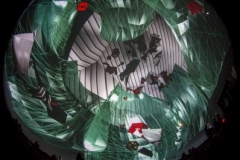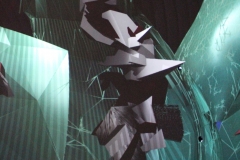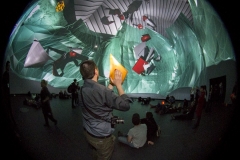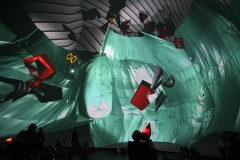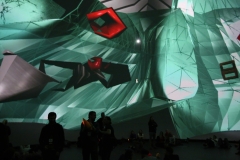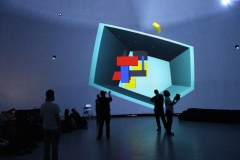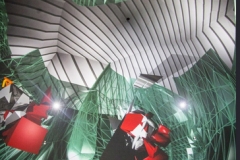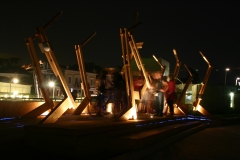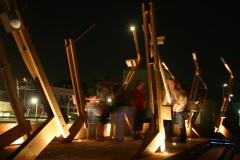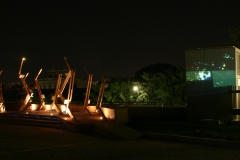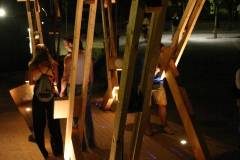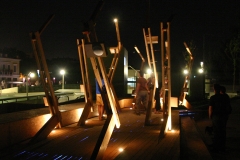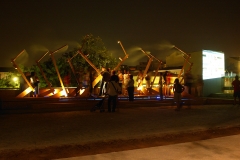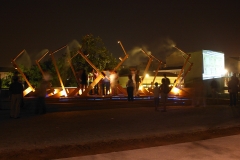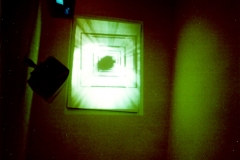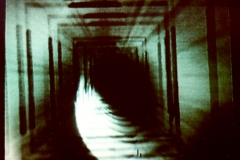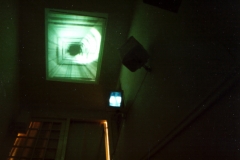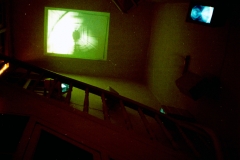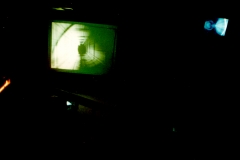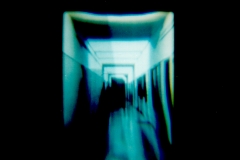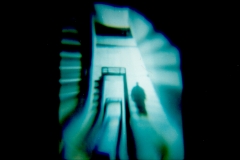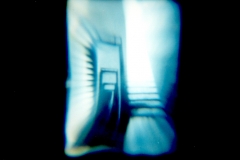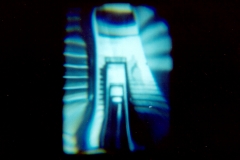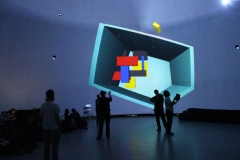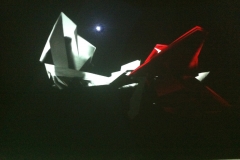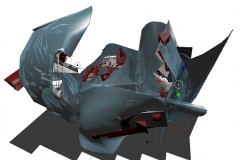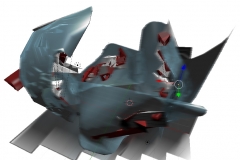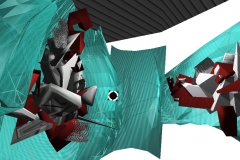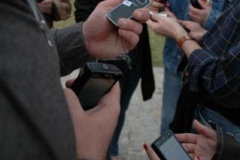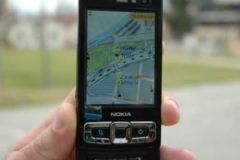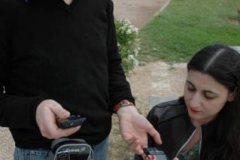IMPULSE – IMmersive digitisation: uPcycling cULtural heritage towards new reviving StratEgie
[Horizon Europe | Website]
We are excited to introduce IMPULSE — IMmersive digitisation: uPcycling cULtural heritage towards new reviving StratEgies — an EU-funded project launched on February 2024, that enters the digitisation processes of cultural heritage. Here, it will radiate waves of transformation of how we engage and interact with our cultural heritage, breathing life into timeless stories waiting to be told anew.
As such, IMPULSE will connect researchers, artists, cultural heritage practitioners, CCSIs, local institutions, and other relevant stakeholders to work and explore together immersive narratives, reaching out to diverse audiences across Europe and beyond.
Objectives:
1. Enhance accessibility to cultural heritage through XR technology, fostering diverse narratives and audience engagement.
2. Improve access and presentation of digitized cultural content, supporting education and creativity within the Metaverse.
3. Streamline digitization processes for immersive environments, prioritizing usability for education, arts, and CCSIs.5. Foster collaboration and capacity building in immersive digitization through tailored engagement platforms and initiatives.
4. Develop legal frameworks and solutions to address risks and barriers in utilizing cultural heritage data within immersive technologies.
Partners:
IMPULSE is a HORIZON EUROPE project, coordinated by Uniwersytet Jagiellonski (Poland), and developed in collaboration with Katholieke Universiteit Leuven (Belgium), Alma Mater Studiorum – Università di Bologna (Italy), Universita Ta Malta (Malta), Heritage Malta, Filmuniversitat Babelsberg Konrad Wolf (Germany), Ethniko Kai Kapodistriako Panepistimio Athinon (Greece), Magna Zmien Foundation (Malta), Associazione Clust-ER Industrie Culturali e Creative (Italy), K8 Institut Fuer Strategische Aesthetik GGMBH (Germany), and Explodedview sp. z o.o. (Poland)


